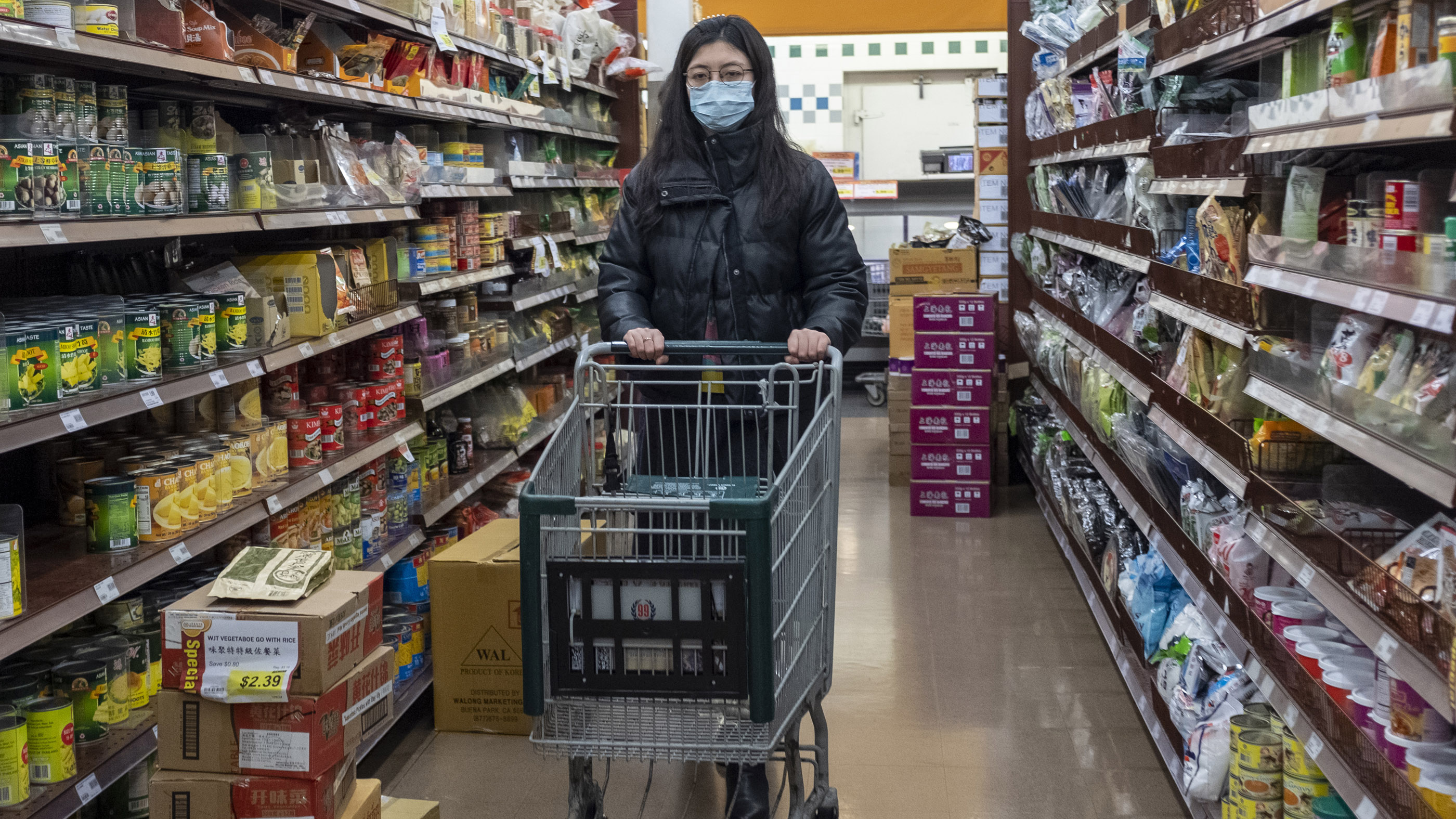
Northern California finds a second case of coronavirus spread through the community
A second person in California appears to have contracted the new coronavirus through community transmission, according to news reports.

A second person in California appears to have contracted the new coronavirus through community transmission, according to news reports.
The individual, a 65-year-old resident of Santa Clara County, developed COVID-19 — the disease caused by the new coronavirus — without traveling to a region affected by the outbreak, or having contact with a known case, according to The Washington Post. Few details are known about the new case, which authorities have not officially announced.
The news comes just two days after the first report of likely community spread of the virus in the U.S., in Solano County, California. These two cases are about 90 miles apart, and are not thought to be connected, the Post reported.
Related: Live updates on COVID-19
This could mean that the virus is spreading among at least two separate communities in California.
"I think there's a strong possibility that there's local transmission going in California," Jennifer Nuzzo, senior scholar at the Johns Hopkins Center for Health Security, told the Post. "And I think there’s a possibility other states are in the same boat. They just haven’t recognized that yet."
Because of a problem with diagnostic test kits, the U.S. has tested very few people for suspected cases of coronavirus. That means community transmission could be more easily missed, Live Science previously reported.
Sign up for the Live Science daily newsletter now
Get the world’s most fascinating discoveries delivered straight to your inbox.
- The 9 deadliest viruses on Earth
- 10 deadly diseases that hopped across species
- 11 surprising facts about the respiratory system
Originally published on Live Science.
OFFER: Save at least 53% with our latest magazine deal!
With impressive cutaway illustrations that show how things function, and mindblowing photography of the world’s most inspiring spectacles, How It Works represents the pinnacle of engaging, factual fun for a mainstream audience keen to keep up with the latest tech and the most impressive phenomena on the planet and beyond. Written and presented in a style that makes even the most complex subjects interesting and easy to understand, How It Works is enjoyed by readers of all ages.

Rachael is a Live Science contributor, and was a former channel editor and senior writer for Live Science between 2010 and 2022. She has a master's degree in journalism from New York University's Science, Health and Environmental Reporting Program. She also holds a B.S. in molecular biology and an M.S. in biology from the University of California, San Diego. Her work has appeared in Scienceline, The Washington Post and Scientific American.











